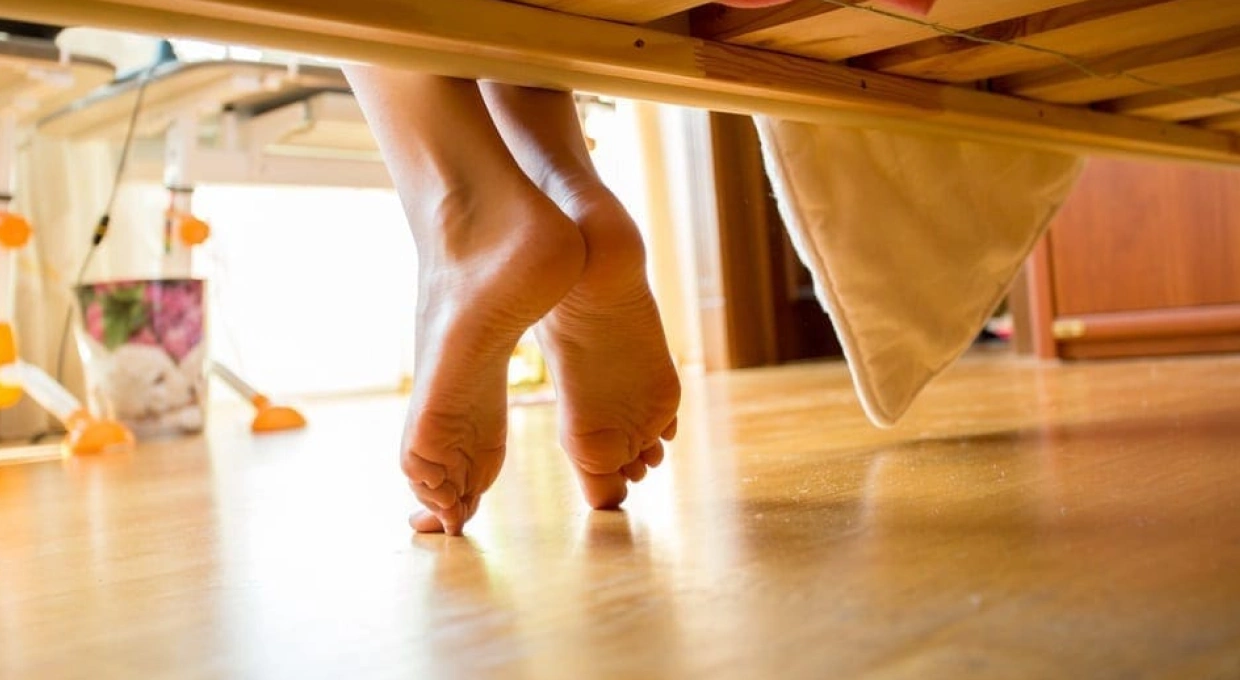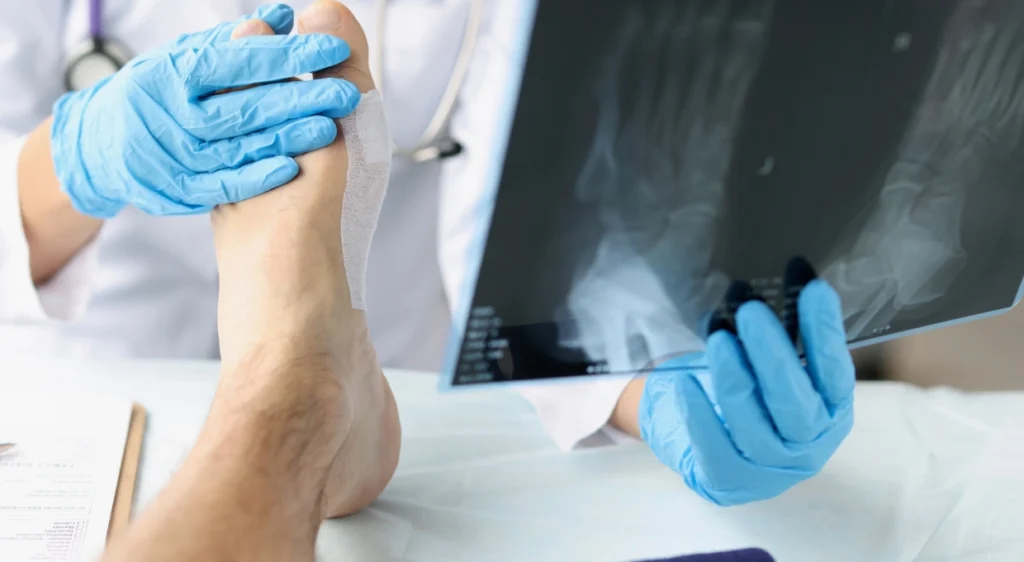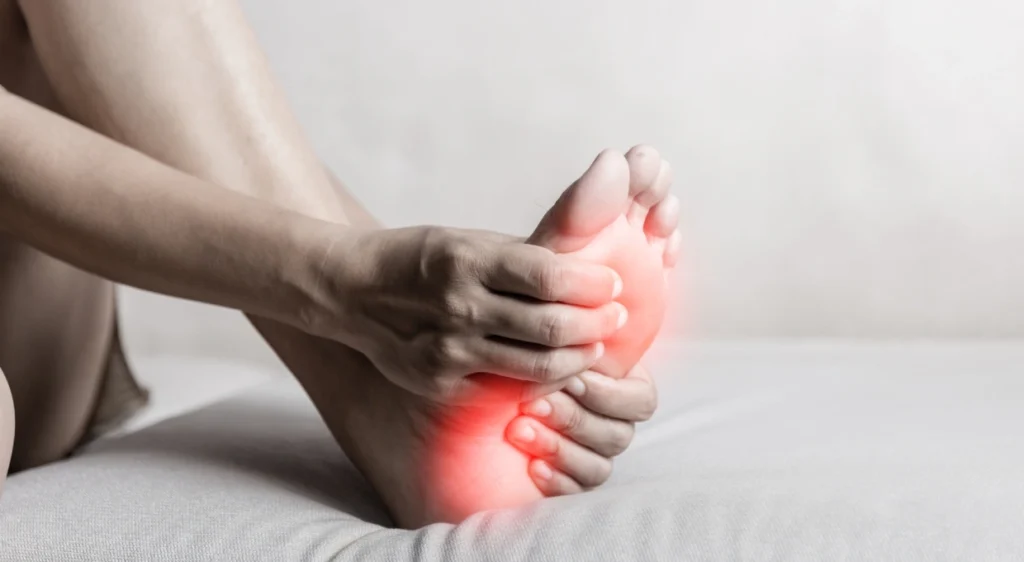The claw toes or hammer toes is a deformity of the toes in which the toes are curled, causing an imbalance in the support of the foot that affects walking. We explain what this condition is and how it is corrected. One of the foot deformities that cause major problems in walking is the retraction of the toes, known as claw toes or hammer toes. This is originate from various causes, from nervous system pathology, most of which are congenital, to biomechanical origin, in which case they are acquired.
Types of Deformities
Acquired deformities can be divided into two types:
- Staticcaused by inadequate footwear, bad walking habits or extreme physical activity.
Dynamic: those caused by biomechanical alterations Among the foot deformities that can lead to the appearance of claw toes are the following:
- Pes cavusThe foot shows a very pronounced plantar arch, which places the weight of the body mainly on the heel and metatarsals.
- Flat FootThe plantar arch is flat, causing an incorrect distribution of weight when walking and a greater impact on the bones of the metatarsal area.
- Equinus footThe foot has excessive plantar torsion, simulating a ballerina dancing on tiptoe, which places all the weight on the tip of the toes.
In addition to this, there are other special conditions that favor the appearance of this problem.such as an abnormality in the length of the toes or metatarsal bones or the continuous use of inadequate footwear.
What Favors the Appearance of Claw Fingers?
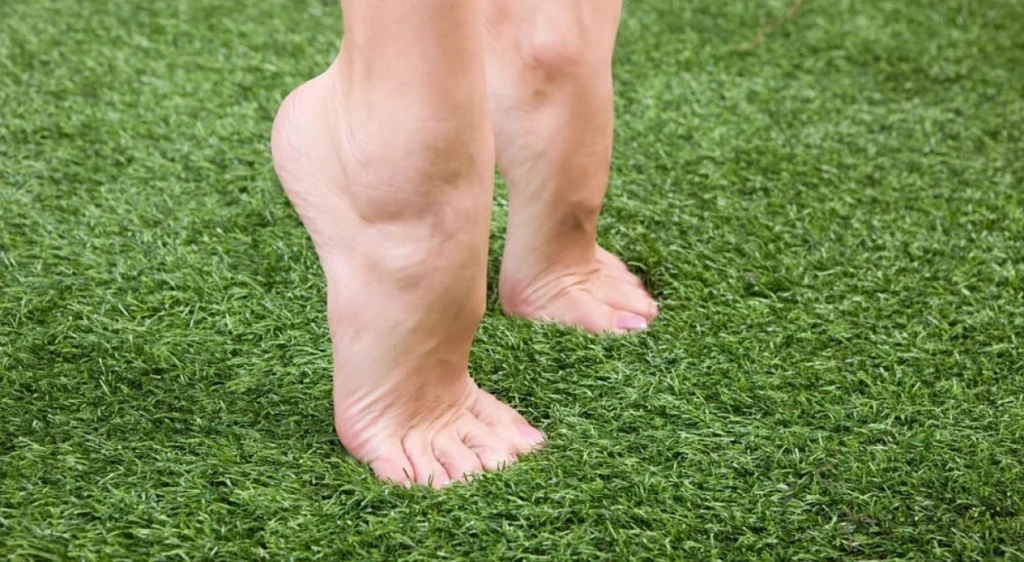
Nerve problems and deformities in the shape and function of the foot lead to increased stress on the toes, their muscles and joints, which may favor their appearance.. For example, a person who has lost strength in his or her calf muscles will tend to put more effort into the toes in order to propel himself or herself when walking. In the case of someone with pes cavus or clubfootIn this case, all the pressure of the body remains on the toes, which will work excessively to compensate for the lack of ankle mobility or support in the heel and plantar arch. In fact, the toes are designed to assist balance when walking, but not to replace the muscles responsible for making us walk.
What are the secondary symptoms of claw toes?
In addition to the obvious aesthetic effect and alteration of the foot Other symptoms that affect the patient’s quality of life may also occur. The alteration of the position and shape of the toes causes them to press and rub hard on the lateral toes and on the footwear itself, causing hardening of the skin or callusesaccompanied by pain and redness. These calluses occur more frequently on the dorsal part of the affected toe, although they can also appear on the balls of the toes; as a result of the extra work that these perform, to try to stabilize the position of the foot when stepping. Another symptom of claw toes is a pain in the metatarsal area, or metatarsalgiaThe first one, at the point corresponding to the articulation of each of the stiff fingers. Since they do not touch the ground properly, the metatarsal is the one that receives the most pressure when stepping. In extreme cases the finger joint may become dislocated or develop skin ulcers.
What is the treatment for claw or hammer toes?
The first step is the relief of skin lesions caused by the rubbing and pressure of footwear on the toes. Secondly, the toe deformity must be corrected, for which various treatments can be used depending on the cause and level of toe retraction. Among these corrective treatments, the most commonly used are:
- Silicone separatorsIt consists of placing a silicone splint or flexible material in the interdigital space of the affected toe, to reduce the friction of the same one with the toes located to its sides and with the own footwear.
- SurgeryThis is a resource used when there are deformities or complications at the level of the finger bones that make the use of silicone splints or other similar devices useless.
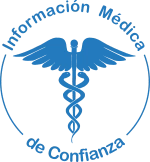
The surgery for claw feet is of the minimally invasive type. It is a very simple technique in which the affected joints are operated and corrected through very small incisions in the skin. The patient only requires local anesthesia and can be discharged within a few hours. The recovery period for the minimally invasive surgery of claw toes is very fast and the person will be able to walk with normal footwear in a relatively short time. Article prepared by Clínica San Román Published on 24-2-2020
